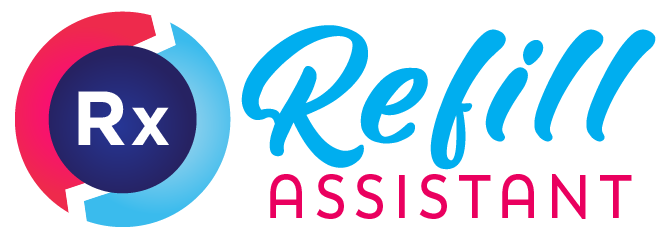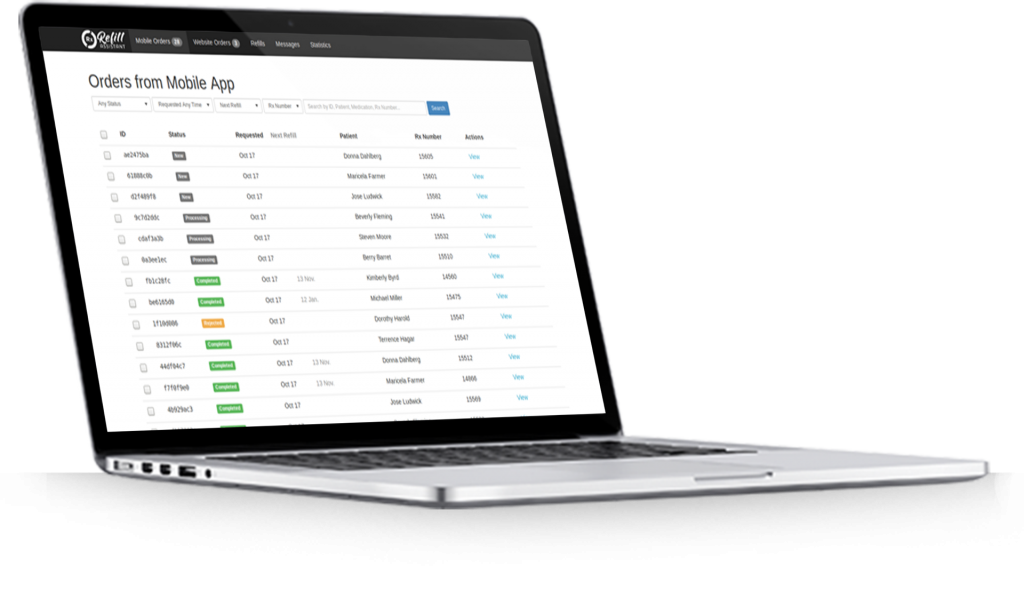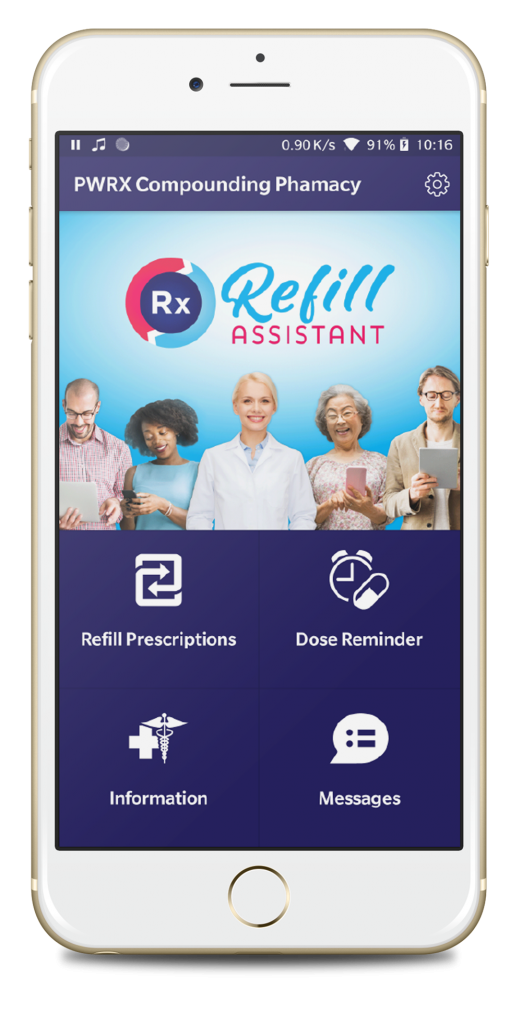Mastering Paediatric Consent: A Pharmacist’s Guide
The role of the community pharmacist continues to expand, and with it comes the rewarding opportunity to protect younger populations through vaccination. While this is a significant step forward for public health, it places a critical responsibility on pharmacists to navigate the nuances of paediatric consent with diligence and care. A clear understanding of the rules for both in-pharmacy and offsite school settings is essential for ensuring patient safety, maintaining public trust, and complying with professional standards.
This guide breaks down the core principles of obtaining consent for children and provides a framework to help you build a robust process for your pharmacy.
The Golden Rule: Consent in the Pharmacy Setting
For any vaccination administered to a child under the age of 16, the foundational principle is clear: informed consent must be given by the child’s parent or legal guardian. This is more than just a signature on a form; it is a comprehensive process that underpins the entire adminitation of the LAIV vaccine.
To achieve true informed consent, the pharmacist must ensure the parent or guardian understands:
- Information about the disease the vaccine protects against.
- The process of vaccination and how to manage common side effects.
- That there are no contraindications or precautions for their child.
- That their consent also covers the recording and secure keeping of the child’s data.
Crucially, in a standard pharmacy setting, the parent or guardian must be present during the vaccination. Your process should reflect a clear workflow for these appointments, ensuring you document the consultation, verify the patient’s details, and record that informed consent was obtained before administration.
The School Setting Exception: The LAIV Nasal Spray
The regulations provide a specific and important exception to the “parent present” rule: when a pharmacist administers the LAIV (Live Attenuated Influenza Vaccine) nasal spray to children as part of an HSE vaccination programme in a school setting. This offsite model is designed to improve vaccine access and uptake but shifts the responsibility for confirming consent entirely onto the vaccinating pharmacist, who in most cases must do so without the parent or guardian present. We have noticed that some schools do mandate the presence of the parent or guardian – partiularly for younger children in a primary school. But this has been the exception and not the rule.
When operating under this school setting exception, pharmacists must be satisfied that informed consent was obtained from a parent or guardian in advance of the vaccination day. Parents must be informed that they can ask questions, be present if they wish, and withdraw their consent at any time up until the moment the vaccine is administered. Pharmacists must also use their professional judgement to assess the child’s wellbeing and decide whether it is appropriate to proceed with the vaccination.
Embracing Digital Tools: Managing Consent Remotely
To enhance efficiency, the initial patient consultation and consent process can be conducted in advance. With the parent’s agreement, this can be done online, by telephone, or through eHealth measures like video consultation. This creates a streamlined, two-step process for informed consent:
- Step 1: The Advance Consultation. The pharmacist conducts the suitability assessment and provides all necessary information remotely. During this stage, it is vital to obtain informed consent that explicitly covers both the vaccination itself and the recording and keeping of the child’s data. You must ensure the parent or guardian confirms they have been provided with and have read all the relevant materials. The nature of the consent given must be documented.
- Step 2: The In-Person Verification. The remote process does not replace the final check on the day of the appointment. This is a critical final verification that the pharmacist must perform before administering the vaccine. It involves:
- Confirming that the records match the correct child.
- Verifying the parent has had the opportunity to ask any questions.
- Obtaining a final, verbal confirmation of consent from the parent or legal guardian.
This hybrid approach respects the need for thorough, informed consent while accommodating the practical demands of an offsite vaccination service in the school.
Considerations for Your Paediatric Consent Process
A documented SOP is important for delivering a safe and consistent service. Your policy should be a practical tool that guides every member of your team. Consider structuring it around these key stages:
- Guardian & Patient Verification:
- In-Pharmacy: Procedure to confirm the identity of the child and the accompanying adult’s status as a parent/legal guardian.
- School (LAIV only): Procedure for confirming the child’s identity on-site, against the advance consent form.
- Remote Consent: Procedure for the two-step verification process, covering both the advance consultation and the final in-person checks.
- Information & Dialogue:
- Outline the standard information to be provided (disease, vaccine, side effects, data usage.
- Detail the process for ensuring the parent/guardian has read the materials, had the opportunity to ask questions, and given clear verbal confirmation of their consent just prior to vaccination.
- The Consent Decision (School Setting):
- Provide clear guidance for pharmacists on assessing a child’s wellbeing and using professional judgement on whether to proceed.
- Establish criteria for when to postpone vaccination and follow up with the parent/guardian.
- Documentation:
- Specify exactly what must be recorded for every administration: date, patient details, vaccine details, pharmacist details, and confirmation that informed consent was obtained. The nature of the consent provided must also be recorded.
By creating clear procedures for in-person, school-based, and remote consent processes, you empower your team to act confidently and professionally. This not only ensures regulatory compliance but also reinforces the pharmacy’s role as a trusted, accessible, and vital part of community healthcare.
PS: This post is intended as a brief overview of paediatric consent, with a focus on in-pharmacy, school, and online informed consent processes. It is not professional advice and should not replace your own professional judgement. For formal guidance on paediatric consent, please refer to the IPU.
This post was based on the following PSI Guidance documents:
- Guidance to Support Pharmacies in Providing Safe Vaccination Services Offsite from the Pharmacy Premises
- Guidance on the Provision of Vaccination Services by Pharmacists in Retail Pharmacy Businesses





